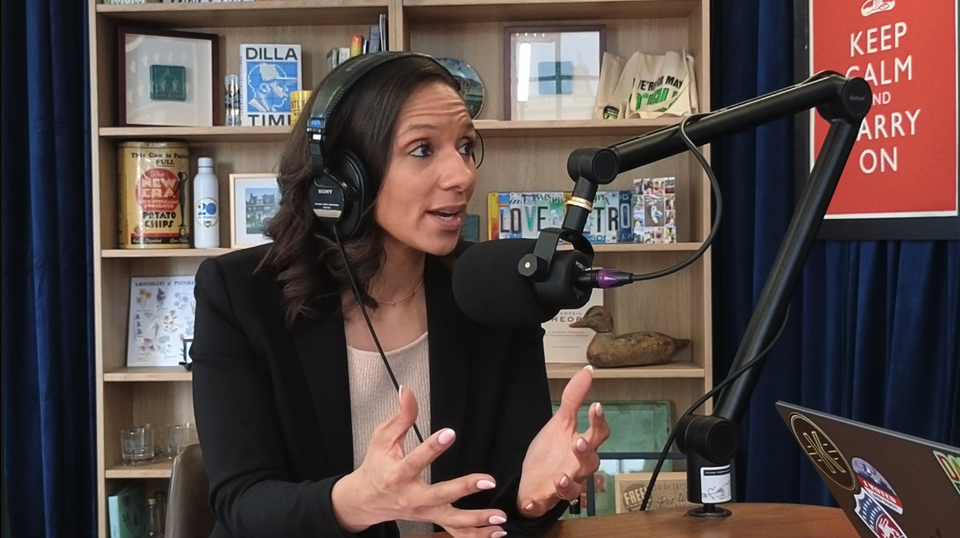One of the things that the racial makeup of the Detroit region has done consistently over the last couple decades is change. Block by block, Metro Detroit as a whole has seen tremendous change in the time from 1990-2010.
But what does that actually look like? Previous maps that relied on census data only let us get down to 3 kilometer chunks, or a little more than a square mile.
However, new maps by a University of Cincinnati geography professor are the most detailed map of racial diversity yet to study the way America’s neighborhoods are changing.
Tomasz Stepinski, who previously served as a longtime researcher at the Lunar and Planetary Institute in Houston, Texas, applied NASA mapmaking techniques to 20 years of data collected by the U.S. Census Bureau.
The maps that Stepinski and his postdoctoral researcher Anna Dmowska are better because they take advantage of NASA land-cover grids made up of 30-square-meter blocks. Using this grid system, they can more precisely group people where they actually live by recognizing lakes, parks, factories and otherwise uninhabitable areas.
“The maps can tell us much more about racial composition and can be used by everyone,” Dmowska said. “They don’t require expert knowledge to understand the results, so I think maps can be used by a broader community.”
The national studies specifically called out the storied 8 Mile divide, but as we’re about to find out, at least when it comes to race, it is no longer the stark divide side it once was.
Let’s take a minute and explain the color code of the map. Deep orange = high concentration of Caucasian populations. Green = Black, Asian = Red, Purple = Hispanic. Blue, American Indian.
The lighter the color, the more diversity but that group is still the majority.
You can look at the whole thing here, but we focused on a few key areas locally where the data shows large transitions and made animations out of them.
Let’s look at East Detroit and Roseville. Roseville is one of the many suburban cities that concentrated black families onto a few streets by design and social pressure. In Roseville, that would be near Lawn Street (to corroborate this, I found newspaper accounts referring to it as a “black enclave” in Roseville as late as 1990, many years after legal restrictions were prohibited by the Federal Government).
Here’s where the accuracy of the map got impressive. You see this level of detail reflected in the new 1990 racial map, matching to the area around Lawn Street. And that long-standing area continues to persist to this day, but near it, more and more people of color have been moving in.
It’s fascinating. Let’s go around the region and take some other snapshots.
Still on the east side, let’s look at Harper Woods, the far east side of Detroit and the borders near that.
Swinging down to Southwest Detroit, we start to see large swathes of purple, as the Hispanic community has been ascendant there. While the city of Detroit as a whole has been losing population, the number of Hispanic Detroiters has been growing.
Let’s head up to Oak Park, Southfield and Bingham Farms for another transition story.
And now let’s zoom out to see much of the tri-county Detroit region.
Data is fascinating, isn’t it? It’s going to be very interesting to see what change happens over the next 20 years, and how it effects our leadership and our policies.



















